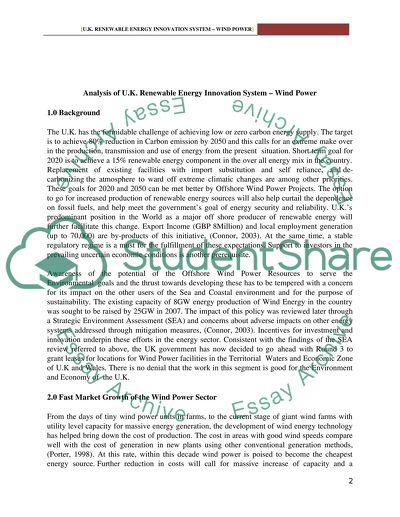Cite this document
(“How and why did the wind-turbine industry in Denmark become so strong Essay”, n.d.)
Retrieved from https://studentshare.org/environmental-studies/1409761-how-and-why-did-the-wind-turbine-industry-in-denmark-become-so-strong
Retrieved from https://studentshare.org/environmental-studies/1409761-how-and-why-did-the-wind-turbine-industry-in-denmark-become-so-strong
(How and Why Did the Wind-Turbine Industry in Denmark Become so Strong Essay)
https://studentshare.org/environmental-studies/1409761-how-and-why-did-the-wind-turbine-industry-in-denmark-become-so-strong.
https://studentshare.org/environmental-studies/1409761-how-and-why-did-the-wind-turbine-industry-in-denmark-become-so-strong.
“How and Why Did the Wind-Turbine Industry in Denmark Become so Strong Essay”, n.d. https://studentshare.org/environmental-studies/1409761-how-and-why-did-the-wind-turbine-industry-in-denmark-become-so-strong.


